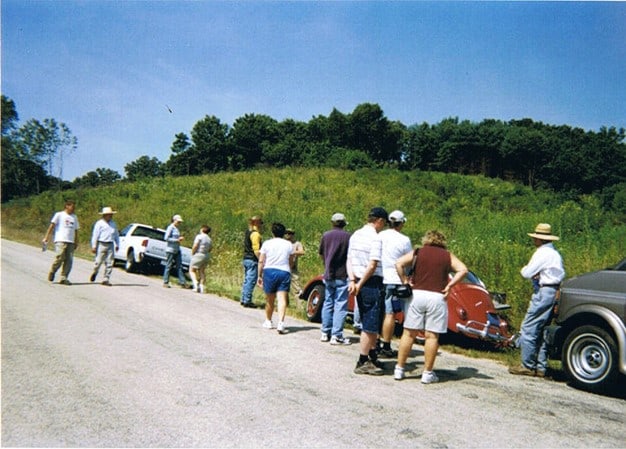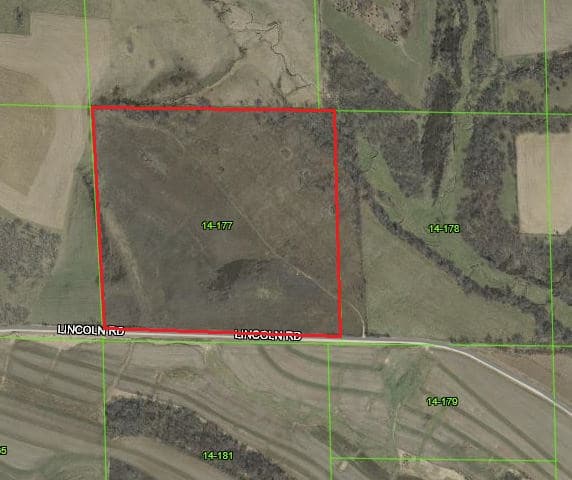
Eldred Prairie
The forty-five acre Ellenboro Prairie, now called Eldred Prairie is located on a low ridge with a dry mesic quality and somewhat sandy soil. About two-thirds of the site has a southern aspect, and one-third a northern aspect.
ACCESS & DIRECTIONS
This prairie is in Grant County, Wisconsin, Section 8, Ellenboro Township, about five miles east of Lancaster.
Googe Map
Usage Policies
Allowed:
- Outdoor Recreation
- Hunting (for all species, no permit or reservation required)
Not Allowed:
Ownership History
Originally called the Ellenboro Prairie, the Southwest Wisconsin chapter changed the name in February 2004 to the Gary Eldred Prairie Preserve to honor Gary’s many contributions to prairie preservation.
The site was located by TPE SWC members in 1987 while doing a county-wide inventory. Several trips back to the site resulted in a list of over 55 species, including such rarities as cream gentian (Gentiana flavida), wild quinine (Parthenium integrifolium), and tall nut rush (Scleria triglomerata). Several years later a trained botanist from the DNR visited the site to evaluate the quinine population. His comment was “there are probably 10,000 or more plants here!” A purely biased guess is that this may be Wisconsin’s largest single population of this state-threatened species. Over the last 14 years several attempts to purchase the site have been made but not until 2000 was any interest shown in selling. Jaye Maxfield, a dedicated and persistent member of the SWC, was asked by the chapter to help with the project. Meetings were set up with the owners, Grantland Growers, and they expressed an interest in selling. After nearly a year’s effort by Jaye, including paper work, phone calls, filling out forms, back tracking and resubmitting forms and agreements for the sale, closing finally took place on November 13, 2001.
Management
Portions of the site are high quality prairie, but others are not. While the Christmas trees have been removed, much of the northern aspect is now covered with briars, brush and aspen. We have done some mowing and burning, but much more, including forestry mowing and girdling of aspen, is required.
The high-quality prairie is on the south slope. Unfortunately, oak sprouts have been spreading throughout this prairie in ever dense stands. Burning and mowing top kill these stands, but do not kill them. We are now taking a more aggressive approach, including chemical treatment. Crown vetch is a serious problem, though we seem to be making headway with our annual attack. With limited volunteers and limited funds we are able to make progress, but it is slow.

